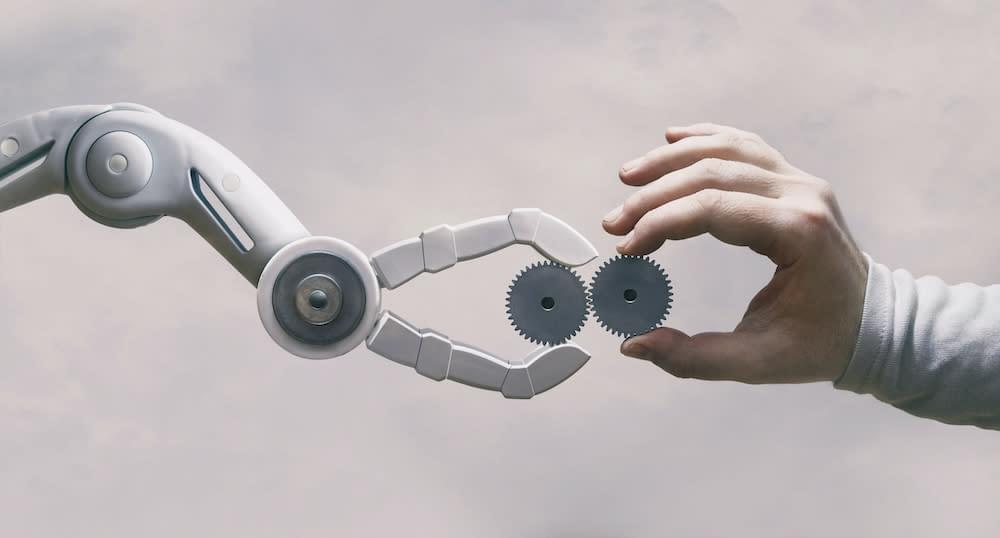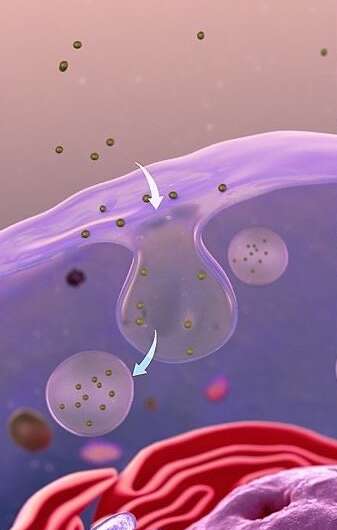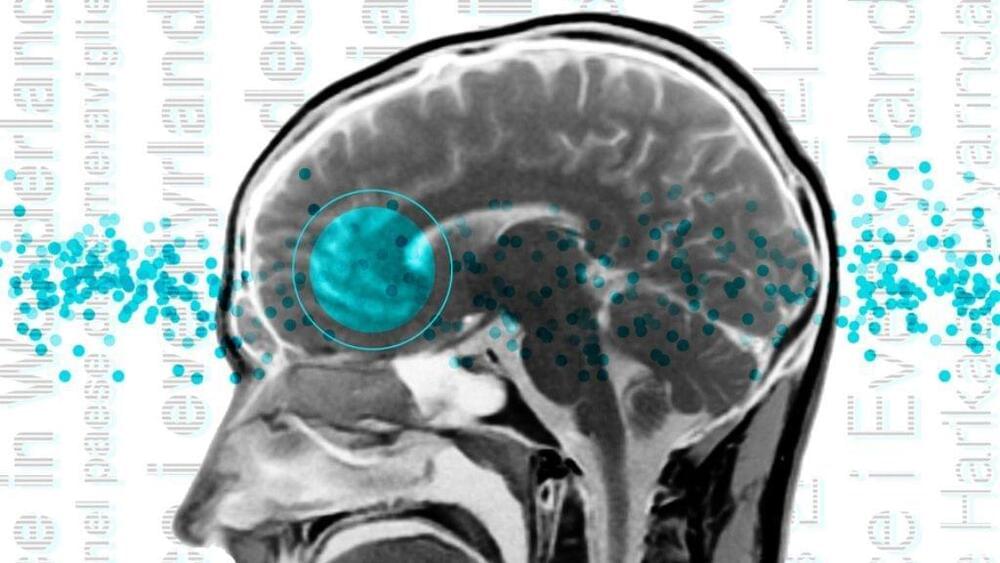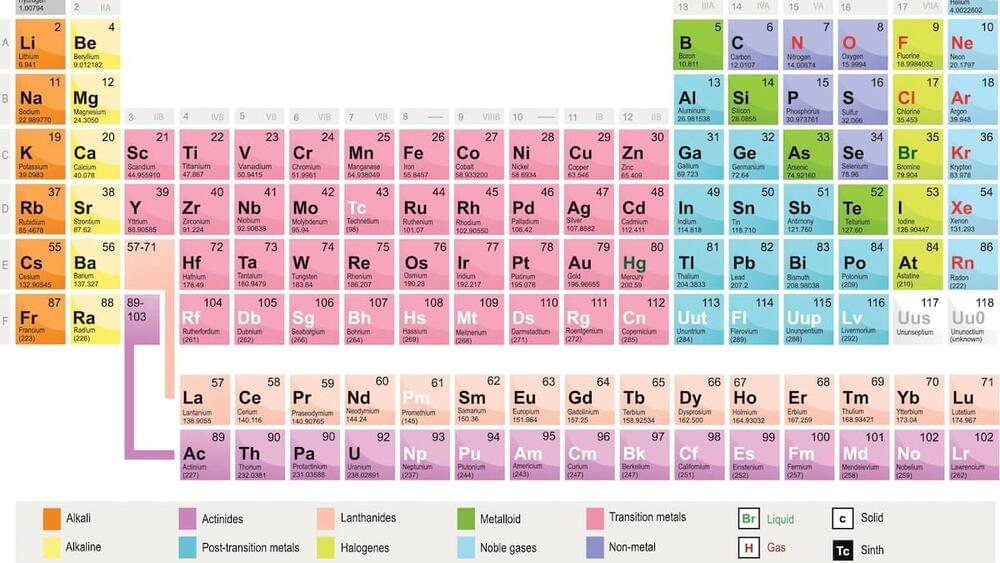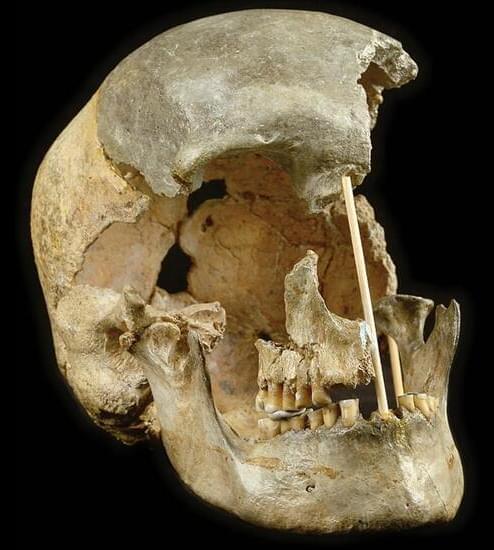Robots have always found it a challenge to work with people and vice versa. Two people on the cutting edge of improving that relationship joined us for TC Sessions: Robotics to talk about the present and future of human-robot interaction: Veo Robotics co-founder Clara Vu and Robust.ai founder Rod Brooks (formerly of iRobot and Rethink Robotics).
Part of the HRI challenge is that although we already have robotic systems that are highly capable, the worlds they operate in are still very narrowly defined. Clara said that as we move from “automation to autonomy” (a phrase she stressed she didn’t invent) we’re adding both capabilities and new levels of complexity.
“We’re moving … from robotic systems that do exactly what they were told to do or can perceive a very specific very low-level thing, to systems that have a little bit more autonomy and understanding,” she said. “The system that my company builds would not have been possible five years ago, because the sensors that we’re using and the processors that we’re using to crunch that data just didn’t exist. So as we do have better sensors and more processing capabilities, we’re able to, as you said, understand a little bit more about the world that we’re in and sort of move the level of robotic performance up a notch.”
